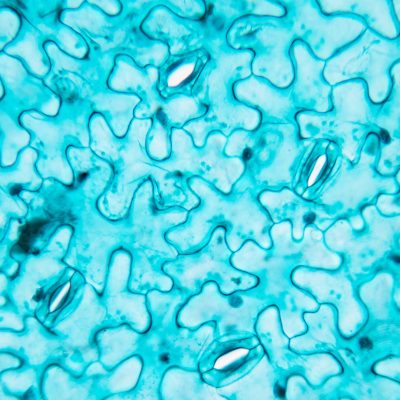Satellite connectivity is currently at the forefront of the space economy market, opening its door to a wide variety of sectors to take advantage of the range of services that it can offer.
With providing reliable and precise positioning for location, climate and emergency monitoring information, this type of global connectivity has the potential to revolutionise the management of infrastructure from environmental monitoring to asset tracking, logistics and much more. Satellite applications are also becoming an integral part of strategies for the improvement of agricultural production. Their usage of satellite connectivity can have a significant impact on the expansion of productivity and efficiency as it offers the possibility to remotely monitor and utilise processes for agricultural operations.
Satellite connectivity is therefore playing a vital role in the network coverage for virtually any sector and in any context. In conjunction with terrestrial networks, this can create a truly connected world with IoT deployments. However, due to the scale of IoT deployment the costs and energy efficiency of expansion of IoT devices are still both a major challenge and concern.
When it comes to long-range satellite communications keeping device costs low and energy efficient are two different parameters which are difficult to achieve simultaneously.
In this context, low earth orbit satellites (LEO) and LoRaWAN technology solve this issue as they offer lower bandwidth, a longer range and are less expensive and more energy efficient. These are the main reasons as to why there is an increase in the adoption of LoRa as the best choice to enable satellite based IoT devices.
To be fully reliable and effective, agritech solutions must rely on stable connectivity which, given the remote nature of many agricultural operations is what has been a big reason as to why agritech solutions haven’t been adopted so far. In addition to addressing this need, LEO satellites which ensure constant data coverage even to the most difficult-to-reach rural regions, also have an advantage due to their small size and having a long battery life, allowing farmers to easily use devices that quickly track livestock and equipment. Furthermore, small satellite terminals require only a low amount of power, thus offering remote connectivity at extremely low cost and playing a key role in the development of countries with growing primary sector-based economies.
Connecting low powered sensors via satellite from inexpensive energy sources are still innovative and have yet not been exploited to their full potential and could be even more sustainable and capable by harnessing alternative natural energy sources.
As part of Esa’s Artes (Advanced Research in Telecommunications Systems) programme, a project has been developed by the two start-ups Plant-e and Lacuna Space. The project looks at the connection between a sensor powered by plant-based energy and a satellite which can send and receive data from IoT applications. This sensor has a low energy requirement that enables it to send signals on radio frequencies received by satellites in low earth orbit.
The energy provided by plants is derived from photosynthesis through which organic material is produced. Some of the energy is then used for plant growth and the surplus is excreted as waste through the roots. Following this step, bacteria in the surrounding soil digests the plant’s waste material, causing it to release its electrons. The technology devised by Plant-e and Lacuna Space intervenes at this point by collecting the electrons and using them as an energy source for the sensor.
This solution can be applied in a wide variety of use cases. It is especially suited to areas which are remote and have therefore issues with connectivity including the use of energy sources such as solar power is prohibitive.
The latest developments of this solution have focused on its possible application in the world of IoT. Indeed, the robust growth in their use presents several challenges still to be addressed, especially in the area of sustainability.
The majority of IoT networks and sensors are in fact powered by batteries, which in addition to requiring regular replacement are often lithium-based and consequently not entirely sustainable.
The energy source provided by the Plant-e system, on the other hand, is much more durable and the system does not require replacement, thus being able to provide a viable alternative to the energy supply solutions adopted so far to support the IoT network. Furthermore, this power source can be relied on 24/7, which means that data can be collected and transmitted at any time via LoRaWAN connectivity systems.
At present, the aim is to make the Plant-e system also applicable to environmental sensors for monitoring underground humidity, to provide plants in urban areas with the necessary amount of water with which to be irrigated, or to monitor local conditions in those more remote and hard-to-reach areas, making the system more efficient and economical.
These are some examples of solutions which have been limited by the expansion of IoT, due to issues of connectivity, cost, and sustainability.
Looking into the future, with the development of new green energy source systems, there are more possibilities in providing enhanced capabilities combining LoRaWAN satellite connectivity powered through sustainable energy sources paving the way for better and more global sustainable connectivity for the future.
By Martina De Pascale

